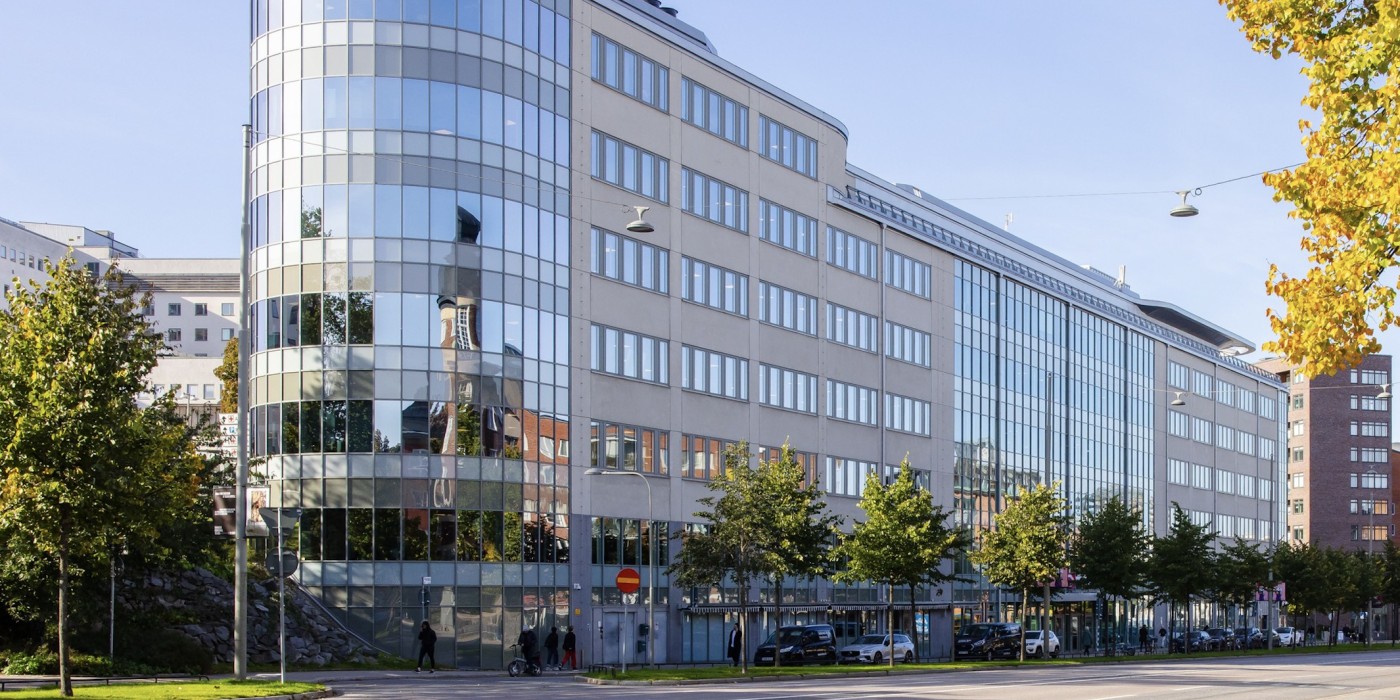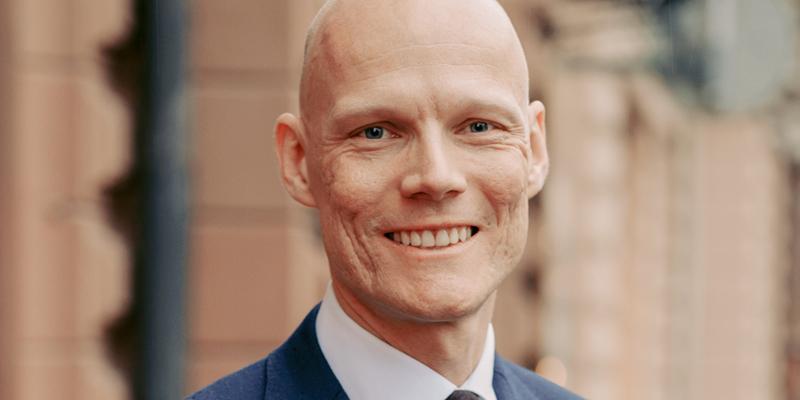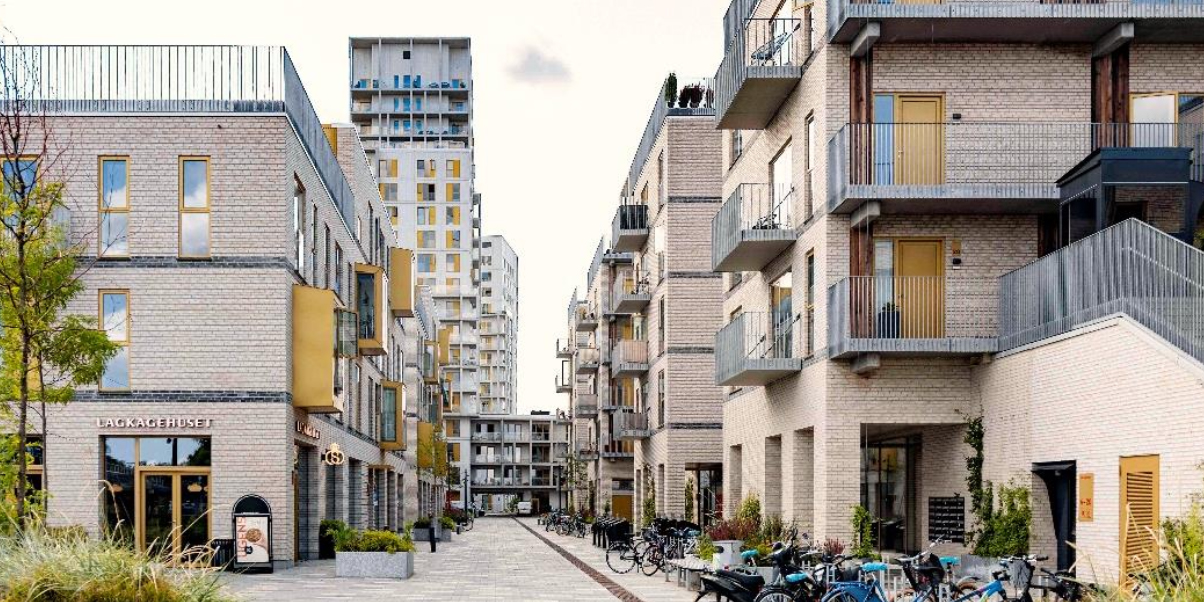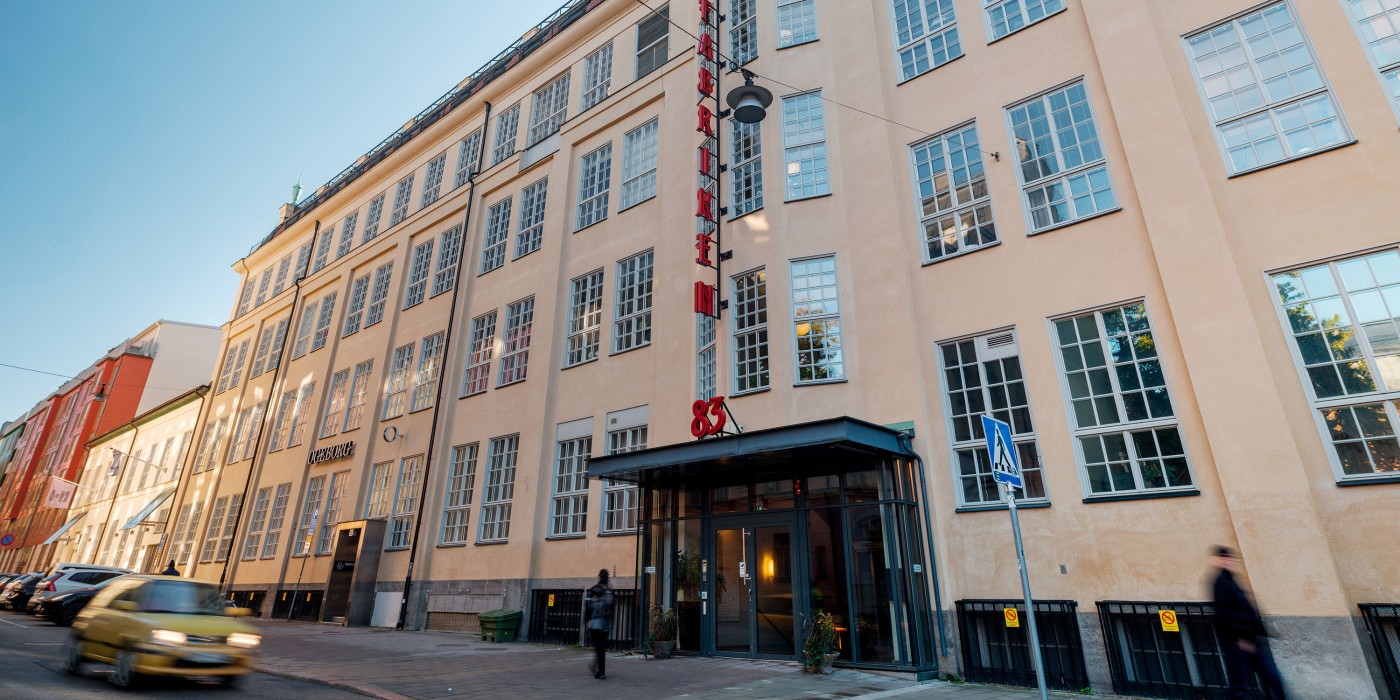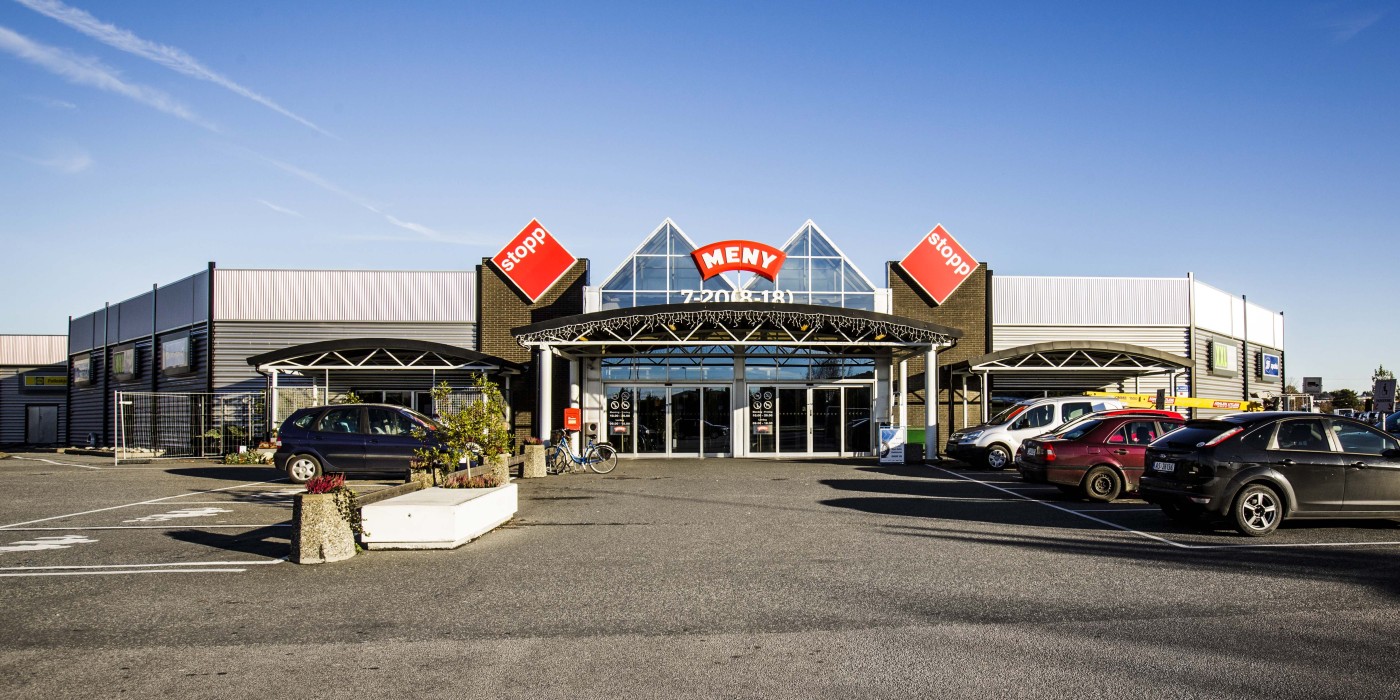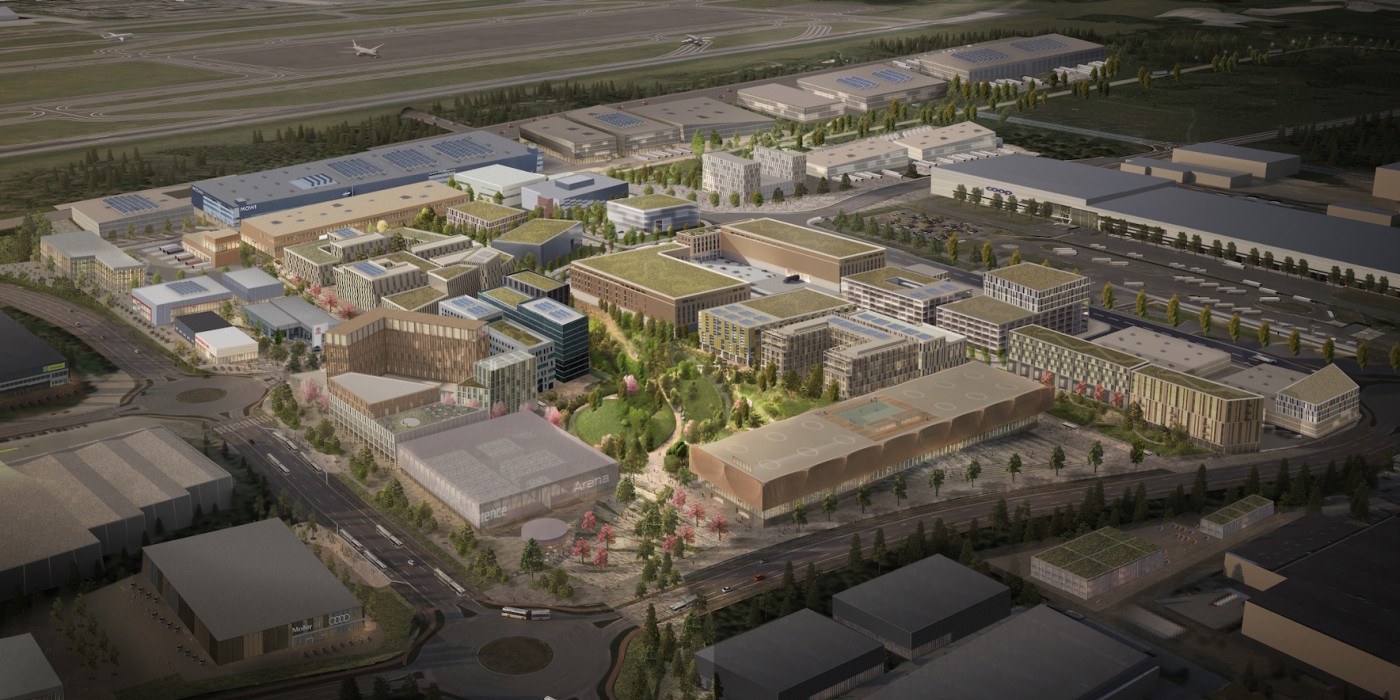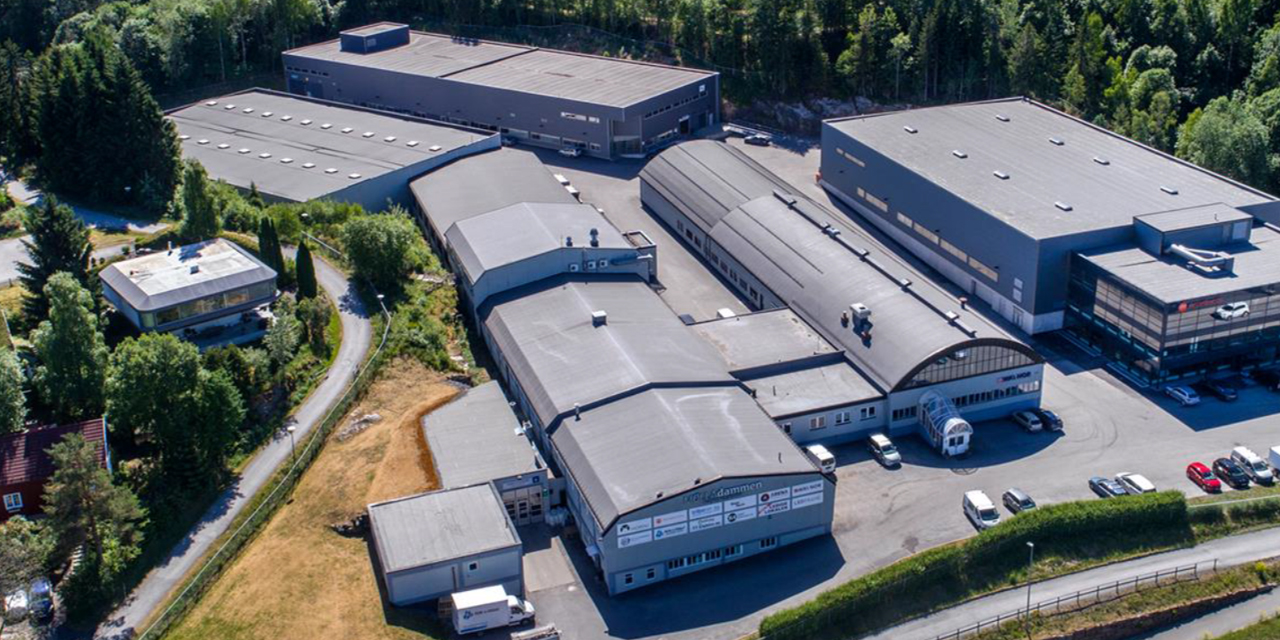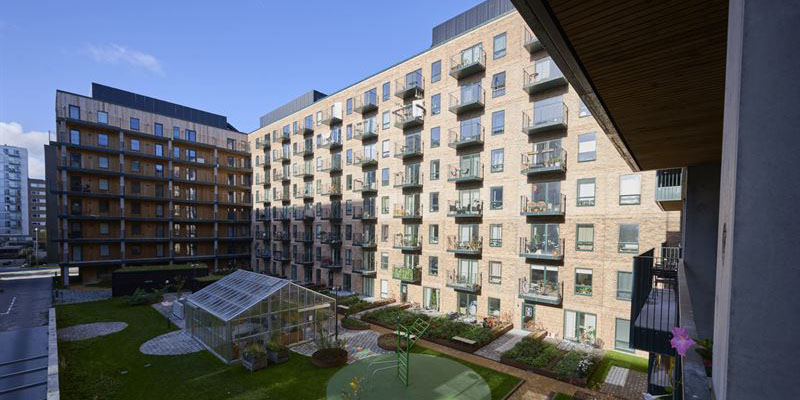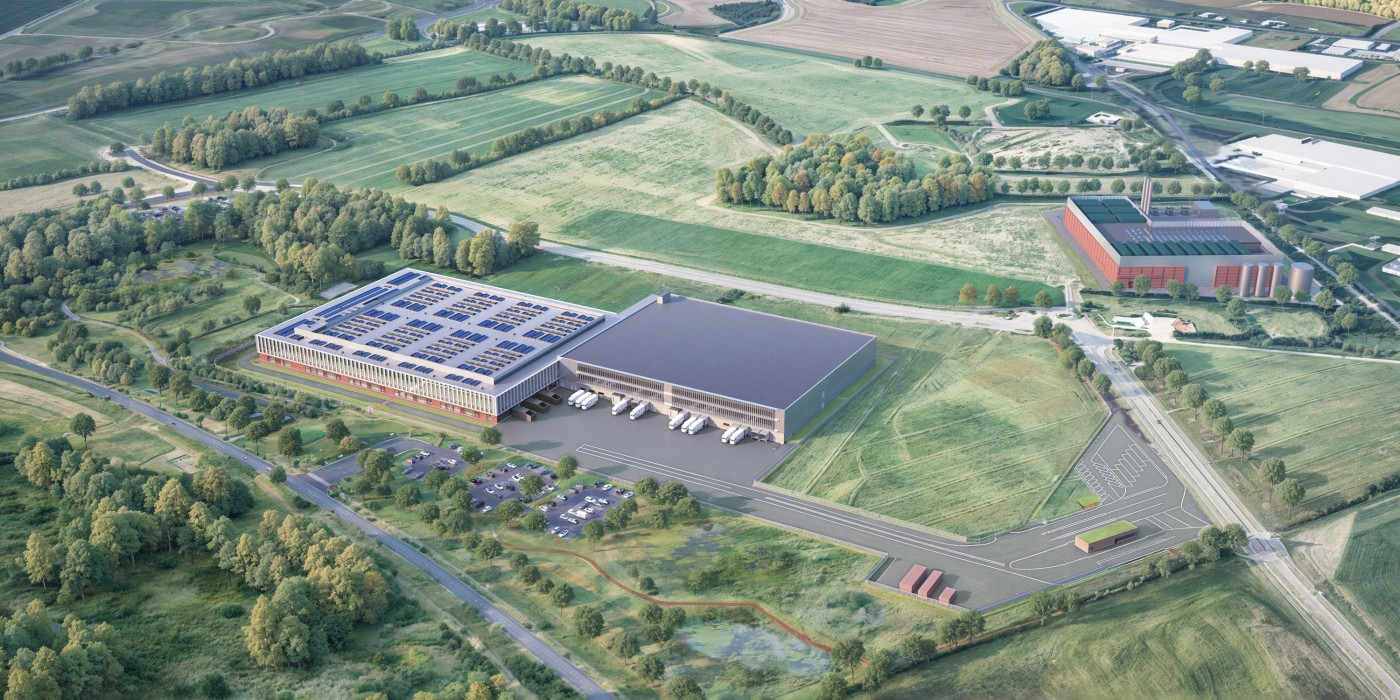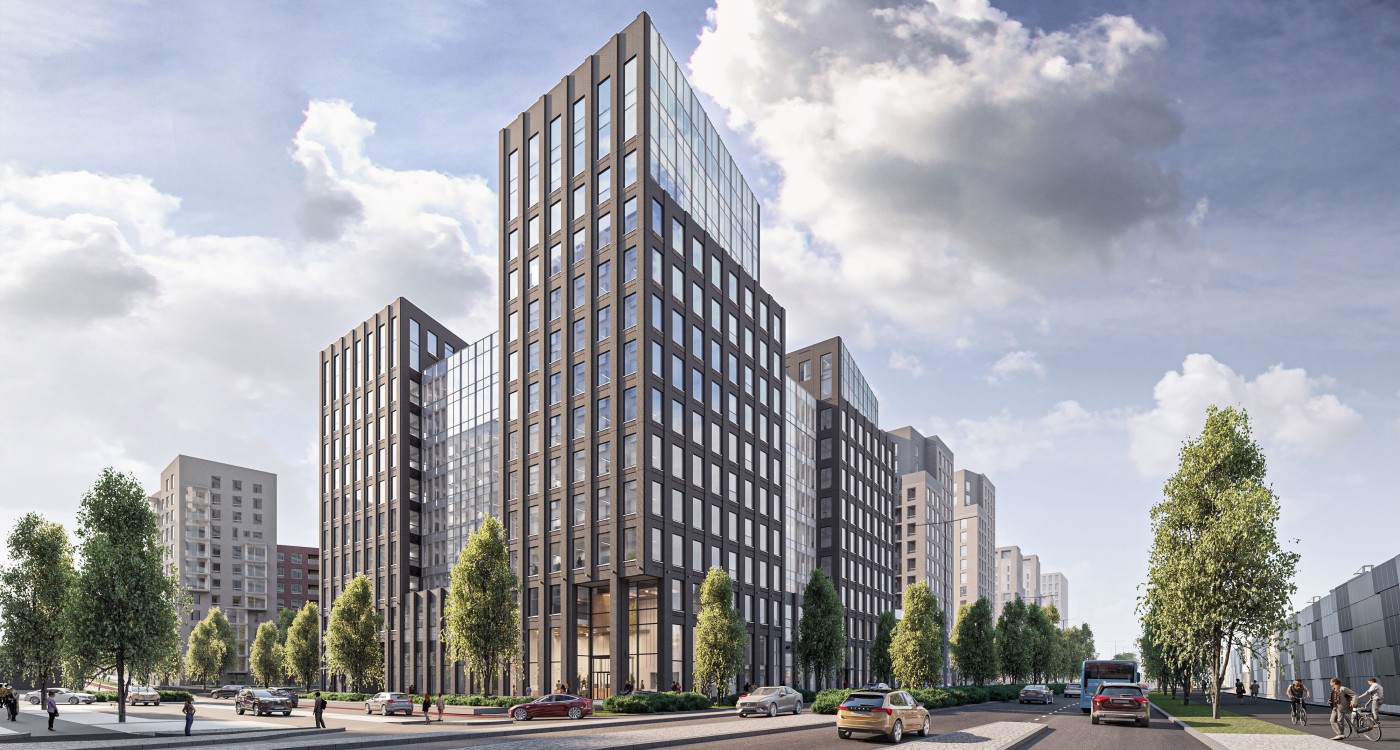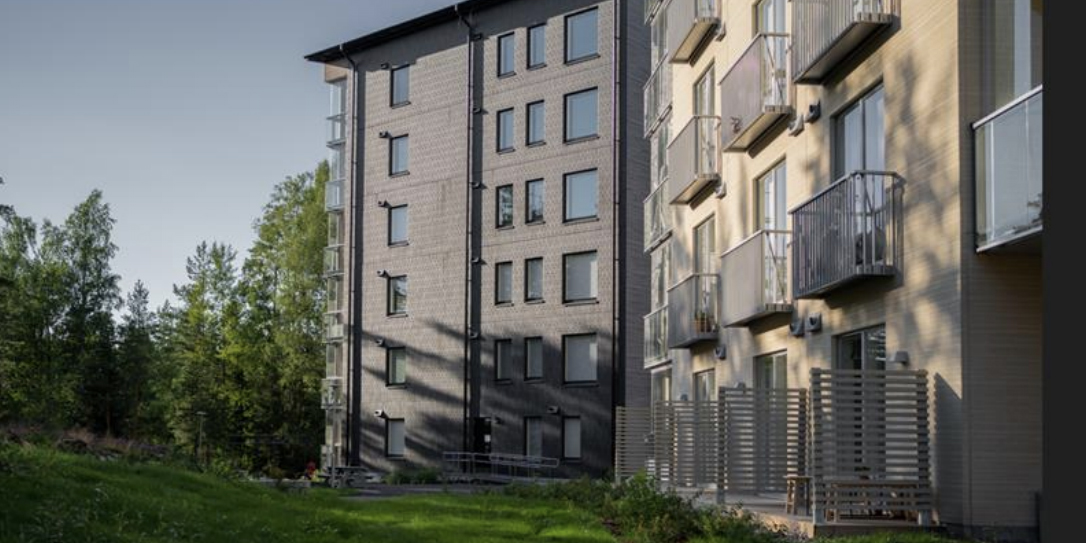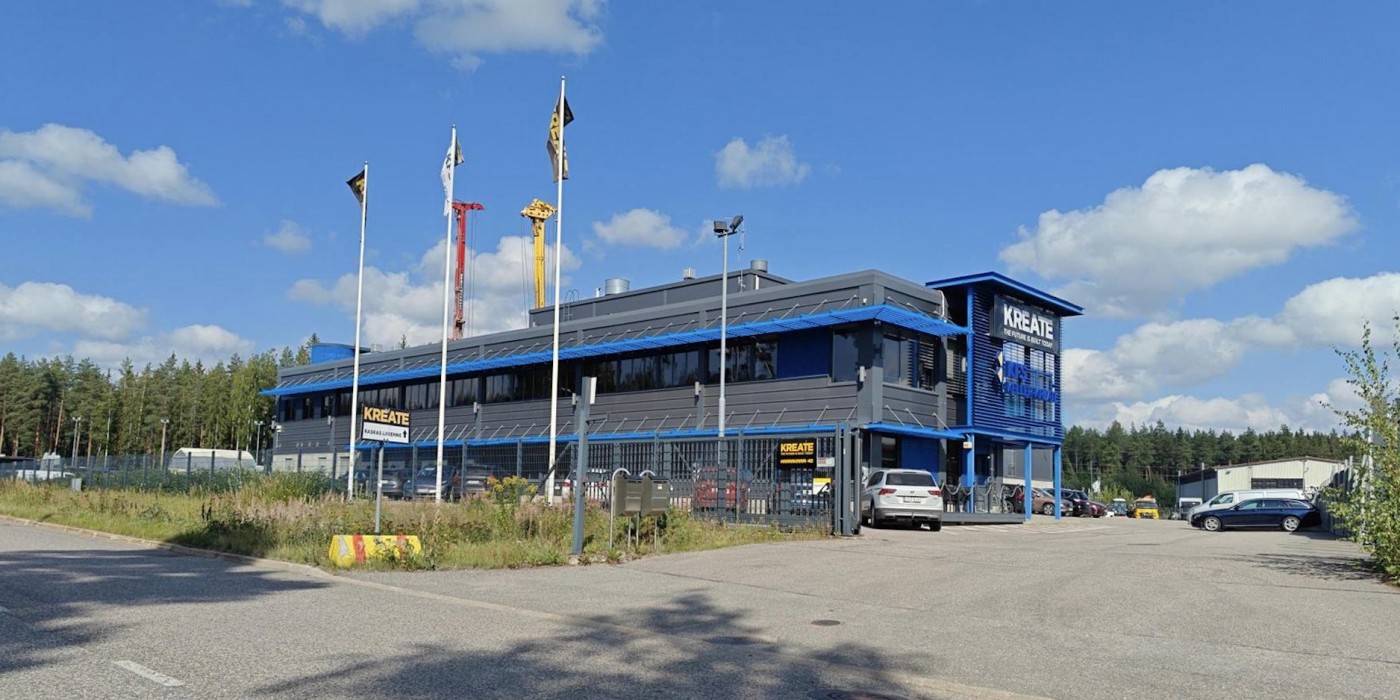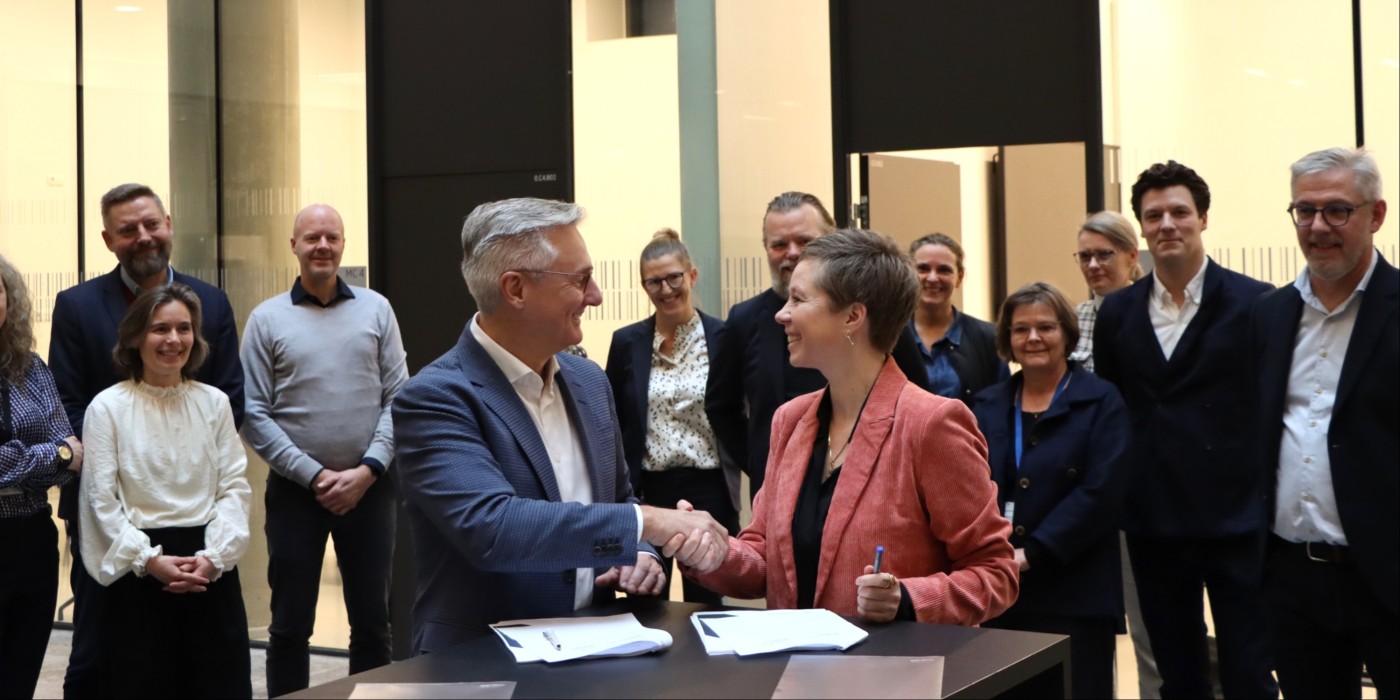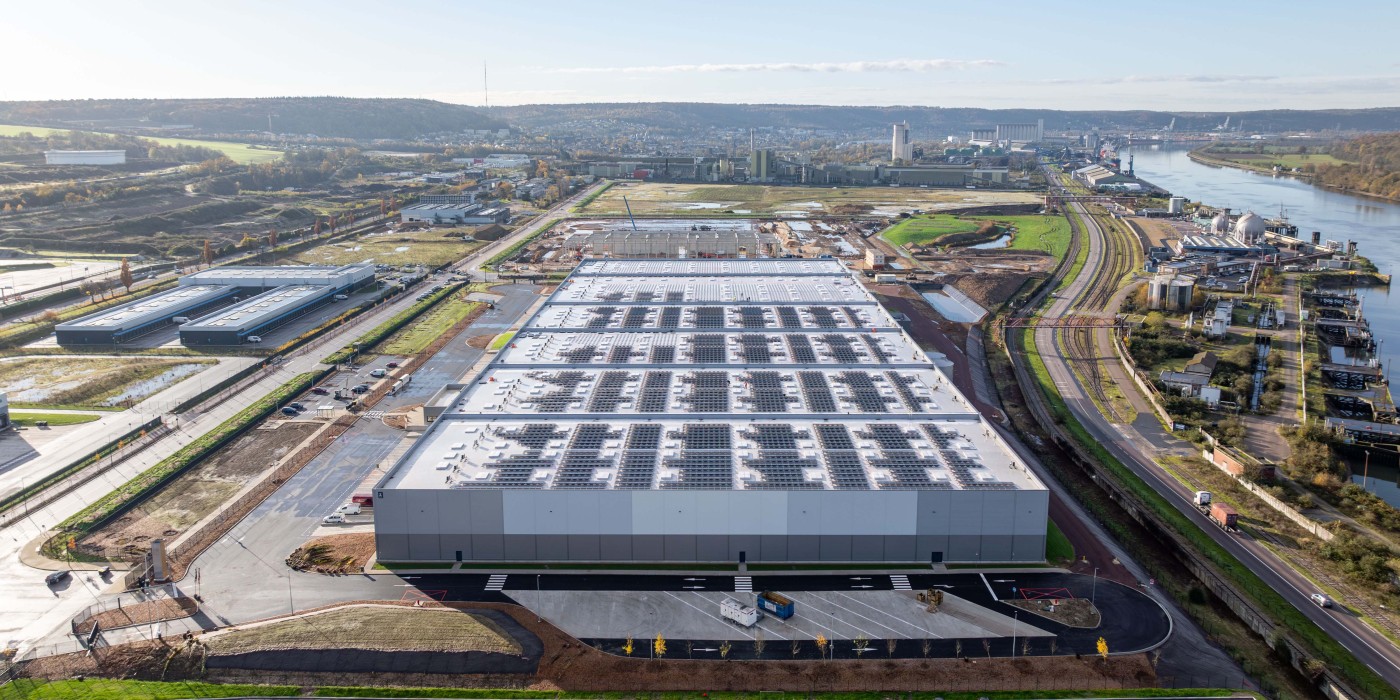The decline is mainly due to housing development performing significantly worse than the previous year. In addition, the results for the real estate sector are still affected by write-downs due to the development of returns on commercial premises.
During the second quarter of 2024, Obos has sold 1,183 homes, an increase from 875 homes in the same period last year. In addition, sales agreements have been entered into in the Swedish operations for the delivery of 322 homes from the factories to professional builders.
“Demand for and purchase of newly produced homes has increased over the past six months, and we now see a better functioning market. In terms of results, these are still challenging times, and this will continue for some time to come. The decline we are now seeing in residential development is the result of the market stagnating towards the end of 2022. The lack of sales and construction starts have led to lower income. In addition, significant increases in both finance and construction costs adversely affect results. We saw a similar development last year at the same time, but then the results were offset by EUR 75.77 million through a larger sale of land at Fornebu,” says Daniel Kjørberg Siraj, CEO of Obos
The profitability of the projects has been challenging to maintain over a longer period, and several measures have been taken to reduce costs. The measures that have been implemented are expected to contribute to a slightly positive result for housing development on an annual basis.
“We have made significant cuts in our production chain, especially in Sweden with the extensive production of wooden houses in our own factories in Myresjö, Sävsjö and Vrigstad. The number of employees within this part of the company has been reduced by almost half compared to the start of 2022. At the same time, we have great ambitions for our operations in Sweden and will begin the construction of a new factory in Myresjö in the fall,” says Daniel Kjørberg Siraj.
Obos now has 4,091 homes under construction. The sales rate is 56 percent, which is lower than 65 percent at the same time last year, and this reflects the challenges in the housing market.
“If we look back two years in time, we had over 8,000 homes under production. Low sales and very few starts have led to a halving in two years, and this will affect housing supply in the coming years. The entire industry has long sounded the alarm about this development, and we are calling for an active policy in this area,” Daniel Kjørberg Siraj points out.
Faster handling of planning and construction matters, requirements for public infrastructure in construction projects and a long-awaited change in the law in Norway that regulates how many shared ownership apartments can be offered are some of the issues the industry is raising.


 All Nordics
All Nordics
 Sweden
Sweden
 Denmark
Denmark
 Finland
Finland
 Norway
Norway


